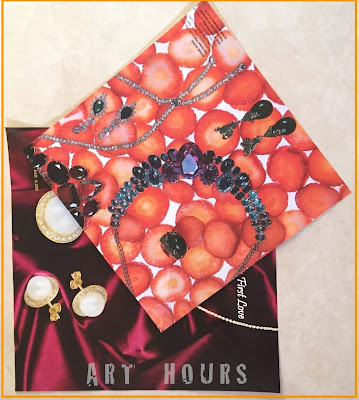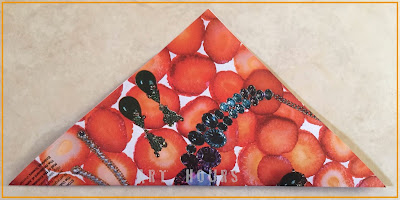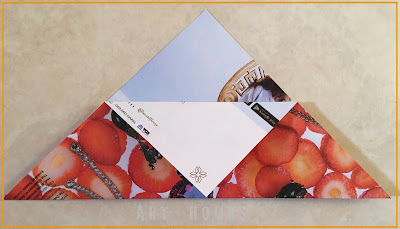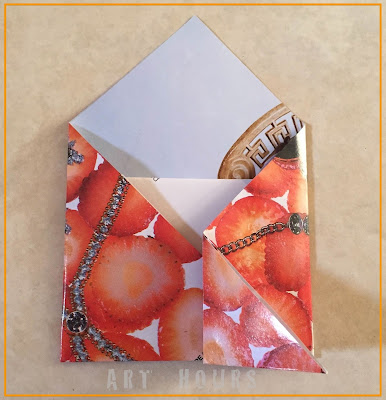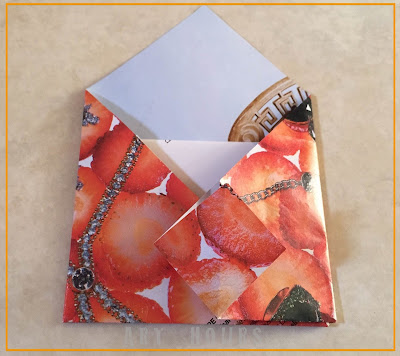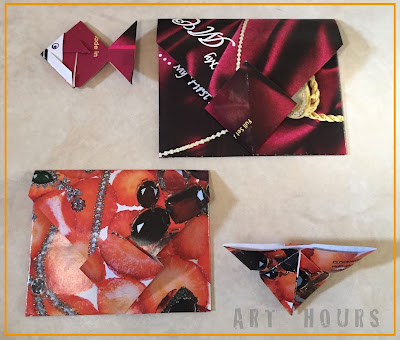This tutorial highlights the methods of two most commonly used water coloring techniques: wet-on-wet and wet-on-dry. Wet-on-wet means wet paint applied onto the wet paint and wet-on-dry means wet paint applied onto the dry paint. The techniques are not very difficult to master and are fun to try too. Both the techniques produce different effects altogether. The wet-on-wet needs a little experimenting to understand its effects since the colors will spread onto each other and you will need to blend them to get the desired effect, while wet on dry will give sharp edges to the shapes and is comparatively an easier method.
 |
| Water Color Flowers: Basic Techniques |
The following flowers were painted using both the above techniques and you will understand the different results produced once you try them yourself.
Before you start, here are the following materials required:
- A Paper of any size. If you are a beginner, you can use any paper to start with to practice and master the techniques.
- Some Brushes suitable for watercolors
- Water
Flowers painted using Wet-on-dry technique:
For this technique, first you need to apply one layer of painting. Once it dries, you can apply another coat to highlight or add shades or outline the border, as required using the same color or darker shade of the same color or even a different color.
Example 01:
In the painting below, I have first made a flower using a light yellow shade. Then, once the base coat dried, I applied a shade of orange just to highlight the flower's edges and applied some shades to the petals. Thereafter, I applied the black spots at the centre of the flower.
 |
| Example 01: Flower painted using wet-on-dry method |
Here, the rose is also painted using the same technique as above. First I applied a light layer of pink, and once it dried, I applied a layer of yellow.
Example 03:
 |
| Example 02: Flower painted using wet-on-dry method |
Here, I made a base layer of light orange color. Once it dried, I highlighted a few circles with a darker shade of orange. In a similar way, I made the leaves too.
Example 01:
 |
| Example 03: Flower painted using wet-on-dry method |
Flowers painted using Wet-on-wet technique:
For this technique, you need to apply a second layer of painting before the first layer of paint dries and try to blend each layer with the other to get the desired effect.
Here I first applied a layer of dark pink, and before it dried I applied a wash of black paint also onto some petals.
Example 02:
Here, I applied a base color of light orange and while it was still wet, I dipped the same brush in a little black color and applied over a few petals and blended it to get the different shades of the flower petals.
Example 03:
Here, I applied a base coat of one color and while it was still wet, I applied another layer of the same color loading the brush with more color of the same shade and blending it with the existing layer.
 |
| Example 01: Flower painted using wet-on-wet method |
Here, I applied a base color of light orange and while it was still wet, I dipped the same brush in a little black color and applied over a few petals and blended it to get the different shades of the flower petals.
 |
| Example 02: Flower painted using wet-on-wet method |
Here, I applied a base coat of one color and while it was still wet, I applied another layer of the same color loading the brush with more color of the same shade and blending it with the existing layer.
 |
| Example 03: Flower painted using wet-on-wet method |
Try these basic techniques, experiment with different colors and shapes and you will certainly be able to master the basics.




